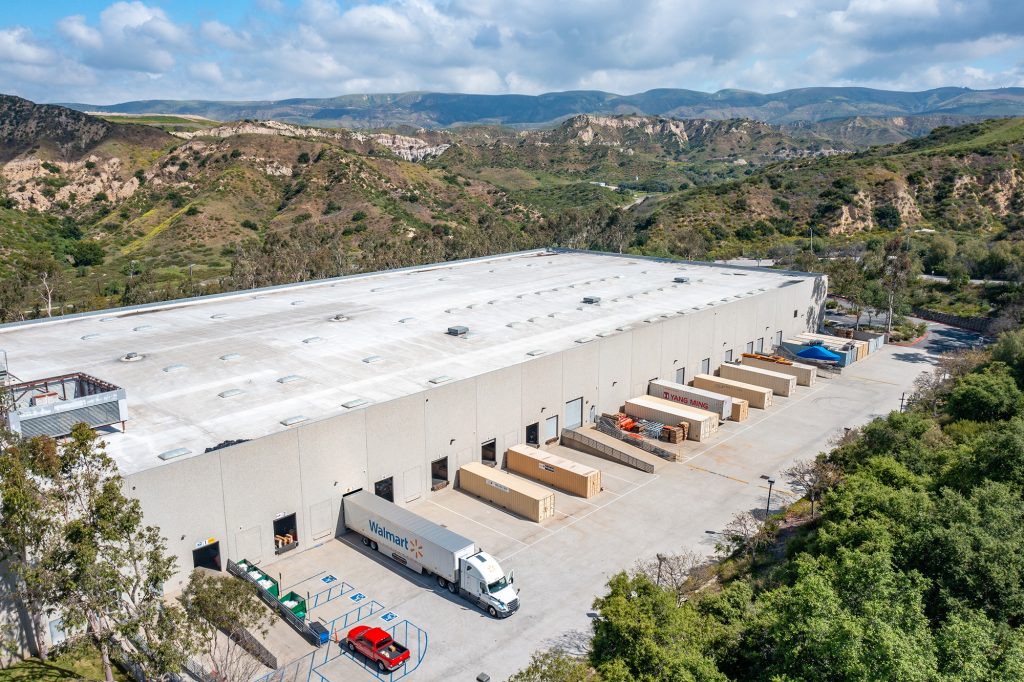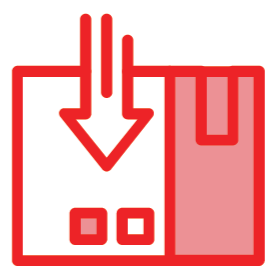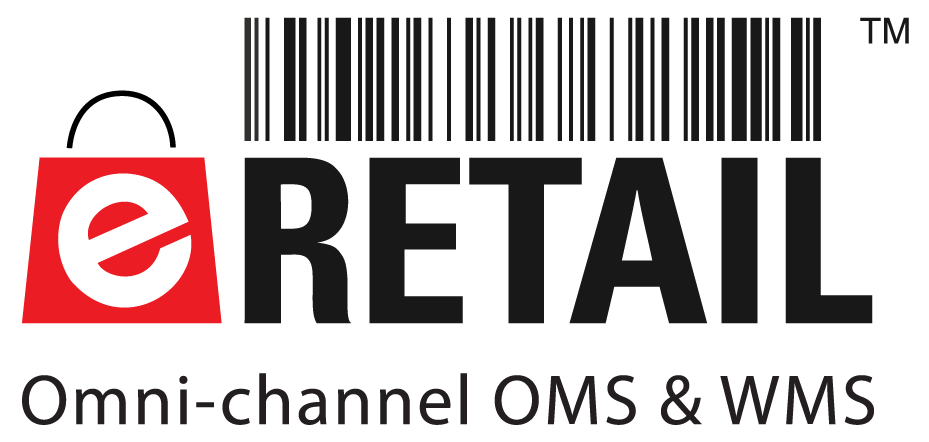Cross-docking accelerates the flow of goods by moving inventory directly from receiving to outbound shipping. It directly reduces storage time and lowers handling costs. Our cross-docking services are perfect brands that need rapid turnaround without tying up capital in warehouse space.
Incoming shipments are sorted, staged and dispatched according to your delivery schedules. Integrated systems provide visibility into each shipment’s status.
This approach is particularly effective for high-volume, time-sensitive or seasonal products. By eliminating unnecessary storage, brands improve cash flow and reduce inventory risk. Operations scale easily to meet surges in demand.

Our cross docking services reduce warehousing expenses by moving inventory directly from inbound shipment to outbound truck, which ensures a seamless transition.
Eliminate unnecessary storage delays and get products to market faster with a highly efficient cross docking operation.
Reduce transportation costs and improve logistics with a streamlined cross docking facility designed for maximum speed and accuracy.
At River Plate Inc., our cross docking services are designed to streamline your supply chain and reduce operational inefficiencies. We eliminate the need for long-term storage by transferring goods directly from inbound shipments to outbound shipments, which lowers warehousing costs and improves delivery times.
Our advanced cross dock facility is equipped to handle various needs, including post-distribution cross docking and transportation cross docking, which ensures your products reach their destination quickly and efficiently. We provide tailored dock services that optimize your logistics and reduce transportation costs regardless of whether you’re managing a smaller shipment or a high-volume operation.
With experienced teams and cutting-edge systems, we ensure seamless coordination, from material handling to delivery. As a trusted cross docking provider, we also offer value-added services like reverse logistics, which helps distributors maintain smooth and cost-effective supply chain operations.
Partner with us for a reliable, efficient, and cost-effective cross docking solution that keeps your business moving.
“Our company has been working with River Plate for the past 5 years and they have always gone above and beyond for us. They are very knowledgeable and experienced within the 3PL industry. They have handled everything for us – from fulfillment, to warehousing, distribution, QC, kit assembly – you name it. They are patience and understanding and have helped us solved so many random, last minute issues flawlessly. We highly recommend them!”
Dara Polyak
Our cross docking process is designed to enhance supply chain efficiency by minimizing storage time and expediting deliveries. We help businesses move products faster while cutting down on warehousing costs simply by reducing transportation costs and optimizing transit times.

Receiving Inbound Shipments
Our cross dock warehouse efficiently handles inbound shipments, which unloads goods from trucks and containers for immediate processing. Whether dealing with bulk freight or smaller shipments, our team ensures that all incoming items are accounted for and ready for the next step.

Sorting and Consolidation
Once received, shipments are sorted based on distributor cross docking requirements. We consolidate goods by destination, which ensures that they are grouped for streamlined distribution and optimized outbound shipments.

Quality Control and Inspection
To maintain accuracy and prevent errors, our team conducts detailed quality control checks. This includes verifying shipment integrity, checking for damages, and ensuring products meet customer requirements before they move forward in the dock service process.

Order Allocation and Staging
Before outbound shipment, items are staged and allocated to designated shipping lanes. This step ensures that orders are efficiently organized and ready for transportation cross docking, which minimizes delays and maximizes efficiency.

Loading and Outbound Shipping
Once orders are staged, they are loaded onto outbound trucks for final delivery. Our cross docking warehouse optimizes drayage service and post-distribution cross docking, which ensures a smooth transfer of goods without unnecessary storage time.

Real-Time Tracking and Reporting
With our advanced tracking systems, clients receive real-time updates on their shipments. Our warehousing services integrate with leading logistics platforms to provide complete visibility and accurate status updates.
With years of experience in cross docking operations, we have mastered the art of streamlining supply chain management. Our expertise ensures seamless coordination between inbound shipments and outbound trucks, which reduces warehousing costs and improves transit times.
Every business has unique logistics needs, and we tailor our cross docking solutions to fit yours. Whether you’re handling post-distribution cross docking, distributor cross docking, or large-scale freight consolidation, our services scale with your growth and seasonal demand.
We leverage advanced warehouse management systems to optimize dock services, monitor inventory, and provide real-time tracking for outbound shipments. Our technology-driven approach enhances accuracy and minimizes delays in your cross dock warehouse.
Our strategically located cross docking facilities are designed to enhance supply chain efficiency by reducing shipping costs and improving transit times. We work with a reliable carrier network to ensure timely, damage-free deliveries, which keeps your business competitive.
Our team is committed to providing exceptional customer service. A dedicated account manager ensures smooth coordination and addresses your specific logistics challenges while also helping you optimize transportation costs and material handling.
River Plate Inc. has been a trusted leader in logistics and fulfillment for over 30 years. What started as a small family-run operation has grown into a full-service provider offering warehousing, distribution, and supply chain solutions to businesses across various industries. Our commitment to efficiency, accuracy, and customer satisfaction has made us a go-to partner for companies looking to streamline their operations.
We specialize in a range of logistics services, including inventory management, order fulfillment, and cross docking solutions designed to reduce transit times and improve supply chain efficiency. Our team takes a personalized approach and works closely with clients to develop scalable solutions that fit their unique needs.
With state-of-the-art technology, strategically located facilities, and a focus on continuous improvement, River Plate Inc. helps businesses optimize their logistics and grow with confidence. We are here to support your success regardless of whether you’re handling large-scale distribution or seeking cost-effective fulfillment solutions.











































“River Plate, Inc is an Amazing company with excellent communication and customer service. We have been with River Plate for a few years now and we are very thankful with the service we receive. Yolanda/Leo our company Reps. and the rest of the staff go above and beyond for their clients and I really appreciate that.”
Frances Fregoso
Here is what you get with our cross docking services.
Our cross docking services streamline the movement of goods, which reduces handling times and ensures faster product distribution without unnecessary storage delays.
With advanced tracking systems, you gain real-time insights into inventory movement, inbound and outbound shipments, and overall supply chain efficiency.
Our facilities are positioned near key transportation hubs, which allows for optimized transit times and cost-effective distribution across multiple regions.
Whether handling seasonal spikes or regular large shipments, our cross docking solutions scale to meet your needs without compromising speed or accuracy.
Our cross docking services help you reduce storage expenses, minimize labor costs, and optimize freight transportation for maximum efficiency simply by eliminating long-term warehousing.
Cross docking streamlines logistics by eliminating storage time and moving shipments directly from inbound to outbound transport. This reduces handling costs, shortens transit times, and improves order fulfillment speed.
Retailers, e-commerce brands, wholesalers, and industries with high-turnover inventory, such as food, pharmaceuticals, and automotive, benefit the most. Businesses needing just-in-time inventory replenishment also gain efficiency.
Cross docking cuts warehousing expenses and labor costs by minimizing storage needs. It also speeds up delivery by reducing order processing time and ensuring faster distribution.
Yes, our facility is designed to manage large shipment volumes and fluctuating seasonal demand. We optimize routing and scheduling to ensure seamless, timely distribution.
Retail, grocery, automotive, pharmaceuticals, and consumer goods industries rely on cross docking to maintain fast inventory turnover and efficient supply chains.
We implement strict quality checks at every stage, from receiving to outbound loading. Our team verifies shipments for accuracy, inspects for damage, and ensures proper sorting before dispatch.
Yes, our warehouse management system provides real-time tracking and inventory updates. You can monitor shipments, inbound arrivals, and outbound departures for complete supply chain visibility.
Most shipments are processed within 1-3 business days, but high-priority loads can be transferred within a few hours. Turnaround times depend on shipment volume and scheduling requirements.
We partner with major freight carriers, regional trucking companies, and last-mile delivery providers to ensure flexible and cost-effective shipping solutions. Our network supports LTL, FTL, and expedited shipping options.
Yes, we provide value-added services such as relabeling, repackaging, kitting, and sorting to meet specific distribution needs. These services help streamline your supply chain and improve delivery accuracy.
Yes, we support seamless integration with various supply chain platforms, transportation management systems, and inventory tracking software to optimize your logistics flow.